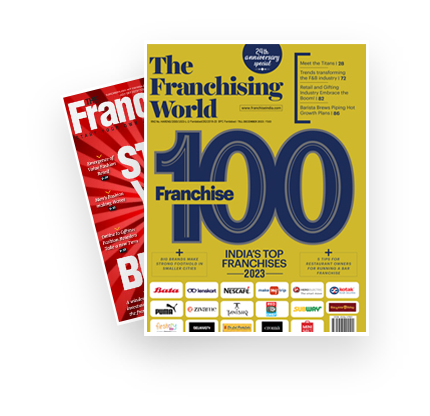
Digital technology is making shopping more personal in 2018. Beauty brands are using consumers’ faces as not only canvases for their products, but also as a way to track their likes and dislikes, and guiding them through the shopping experience. Apps are becoming digital personal assistants, while voice-based technology is evolving to curate products.
Why Beauty Technology is attracting consumers
With so many products on the shelves, time-pressed consumers want a more intuitive shopping experience. New technology is interpreting consumers’ facial expressions and eye movements to determine their product preferences and offer help, both in-store and online. Consumers who want personalised and customisable beauty are responding positively to health/beauty apps acting as digital shopping assistants. These apps and devices are using consumers’ biometric data to create a real-time set of recommendations to make product discovery faster and more personal. Shoppable social media posts convert inspiration to information, allowing consumers to seamlessly transition between creative imagery, product education, and purchases, adding another layer of consumer convenience.
Trends in Action
Virtual Reality
VAQSO VR is a small device that attaches to the bottom of any virtual reality (VR) headset and emits realistic scents synced to the content. Scents so far include ‘the hair of a beautiful girl’, which hints at the promise for fragrance companies to create multisensory VR advertising and sampling campaigns.
Channeling emotions
Lightwave found a way to channel emotion to create living artwork. They collaborated with Mountain Dew and turned biometric data from skateboarders’ wristbands to convert heart rate, skin temperature, motion, and galvanic skin response into a digital art display in Long Beach, California. The colours and shapes changed along with the skateboarders’ physical responses.
Virtual makeup try-on
Smashbox has worked with ModiFace to trial new technology that tracks consumers’ eye movements to improve conversion rates. The app allows users to go beyond virtually trying on Smashbox make-up; it follows their eye movements to see what they are most interested in, enabling the brand to prompt the user to buy or look up more information.
Measuring skin conditions
Japanese skincare brand Kanebo launched the Smile Connect app, which gathers data from a skin moisture sensor to order to measure consumers’ skin condition on a daily basis, and gives advice on how to improve the user’s skincare routine in relation to seasonal changes.
Shoppable posts
Sephora and Ulta are among the retail brands selected to pilot Instagram’s shoppable platform. When the user taps shoppable posts, the names and prices of the pictured products appear. Within three clicks the user is directed to the brand website, where the option to purchase is available.
Future of technology in the beauty industry
The commercial use of biometric data will extend beyond eye tracking. Heart rate, body language, and speech will all be important biometric indicators for a more complete assessment of consumer preference and personality in 2018 and beyond.
Looking ahead, the days of social media being purely social will have long since passed as companies transform these online interactions into shopping opportunities. Over the coming years, holistic approaches to biometric data and the blurring of lines between social media and online retail will encourage brands to drive unprecedented customisation of the shopping experience, giving consumers more control over where, when, and how their data is used.

